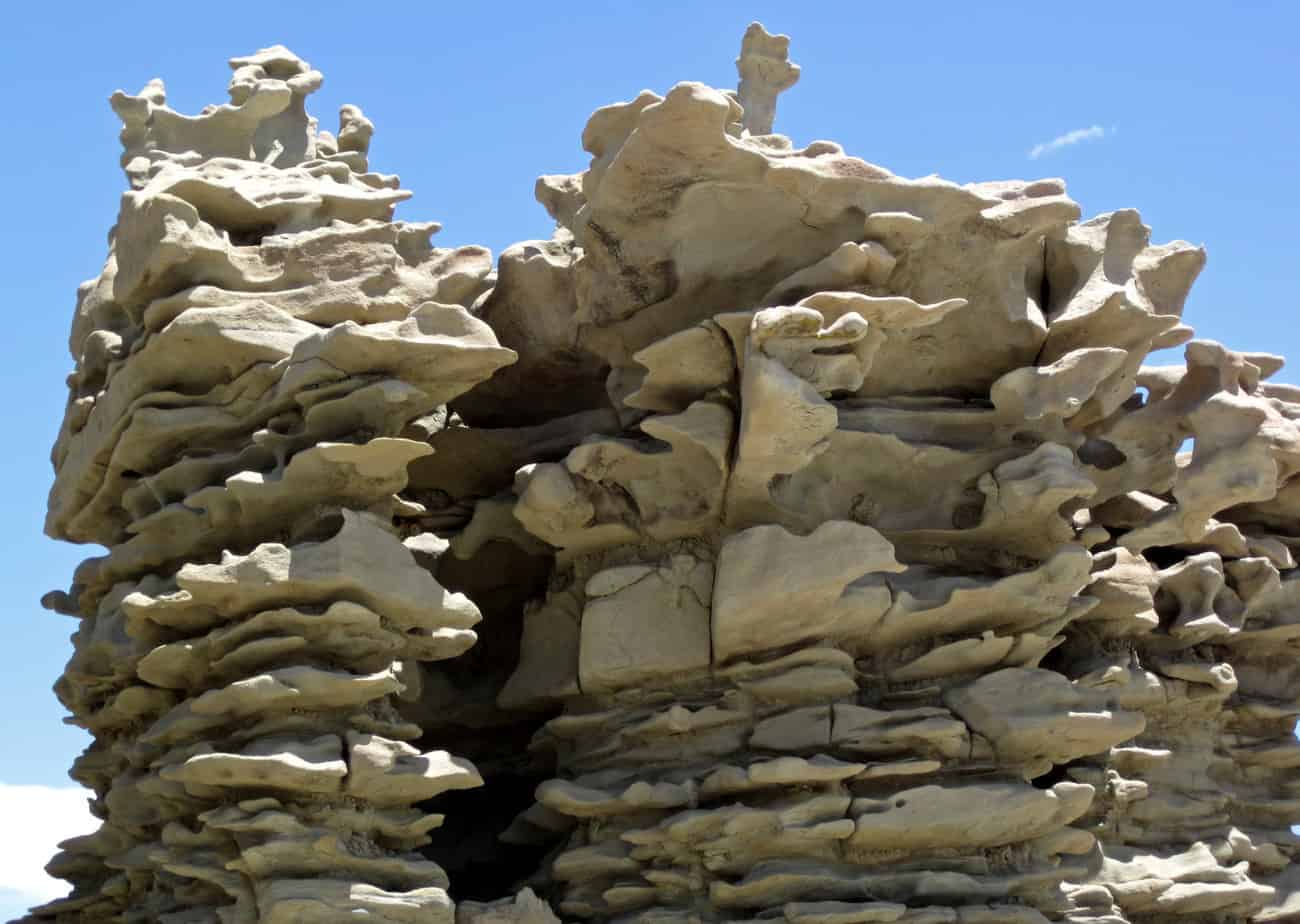


Oil and gas wells dotting every inch of our national parks. Cattle running rampant, tearing up scenic landscapes, and leaving no forage for wildlife. Your family’s favorite summer camping spot being sold off to the highest bidder.
This is the picture that extremist environmental groups have painted of the federal land transfer movement. They condemn our state Legislature as a bunch of greedy politicians who want nothing more than to rape and pillage our public lands.
Reality bears no resemblance to their wild claims of an all-out “land grab.” In fact, it would be more accurate to call this movement a state-based conservation movement.
Unlike D.C. bureaucrats, our state representatives are a part of our communities. These people raise livestock on rangeland, camp in our national forests, and take their children to see the natural beauty of Zion, Canyonlands and Capitol Reef. They recognize, as do you and I, that our public lands are an integral part of our heritage and way of life here in Utah. This sentiment was made plainly evident once again in the 2016 legislative session.
Passed by an overwhelming majority of the Legislature, the Utah Public Land Management Act (HB 276) implements a plan for millions of acres that the state is positioned to receive from the federal government through its litigation efforts. Highlighted among its provisions is its affirmation to keep transferred federal lands firmly in the hands of the public. The law declares that “it is the policy of the state that public land be retained in state ownership.” The language of the legislation is echoed by its author and chief sponsor, Rep. Mike Noel. “I honestly don’t think that people understand my motivations. I consider public lands a sacred place to visit,”Noel said in the Deseret News. “I would be going against the very wishes of my children to sell off all these public lands.”
Although the legislation does not entirely preclude the sale of transferred of land, it is only under rare and isolated circumstances that former federal lands can be sold. Public hearings, environmental and economic studies, and approval by the director and board of the Division of Land Management are all needed for land to change hands. For any tract of land in excess of 200 acres (less than a third of a square mile) the hurdle is much higher. A sale of this size requires all the above criteria plus approval by the House, Senate and the governor. When you consider that the Legislature only meets for 45 days a year and is presented with over 1,000 bills per session, the likelihood of a sale’s approval is almost nil. Clearly Noel and the rest of our state Legislature are walking the walk, not just talking the talk. This is not just a message bill intended to give environmental groups the runaround, but real legislation designed to keep Utah’s lands public and accessible.
If anyone is trying to sell off public lands, it’s the federal government, which has a long and storied history of transferring our public lands into the hands of private interests. This began in the late 1700s, in an attempt to pay off Revolutionary War debt, and continues today. Last year, Rep. Ted Poe of Texas proposed the American Land Act. This piece of federal legislation would have required the Bureau of Land Management and National Forest Service to auction off 8 percent of the lands they manage per year for the next 5 years. That comes out to over 35 million acres of our public lands being sold off yearly to the highest bidder. Fortunately, the bill didn’t pass, but yet another gesture of land disposal had been made on the federal level.
The Utah Public Land Management Act is principled policy constructed to keep public lands accessible and open to the people of our state. The true intent of the state-based public lands movement is clearly displayed by this piece of legislation: to place public lands in the hands of Utahns who know and value them more than anyone else.
This article was first published at The Sutherland Institute's website. Here's the link for that piece.
Photo: Fantasy Canyon (Uintah County) by James St. John, via Wikimedia Commons

